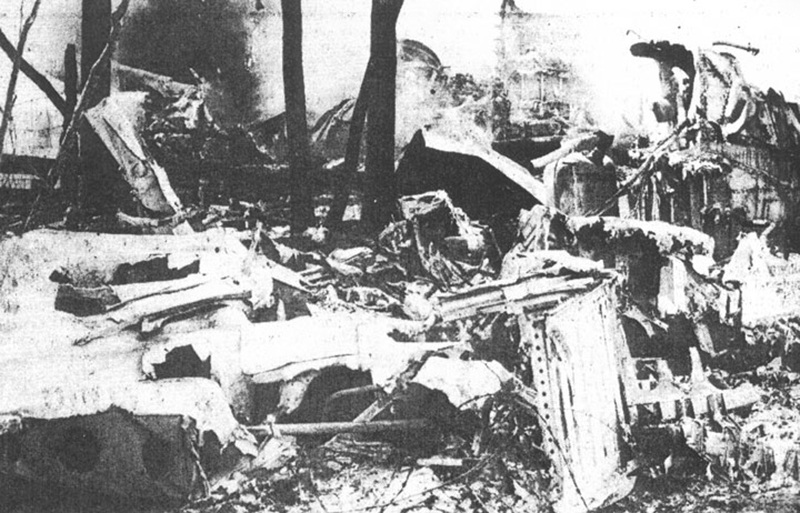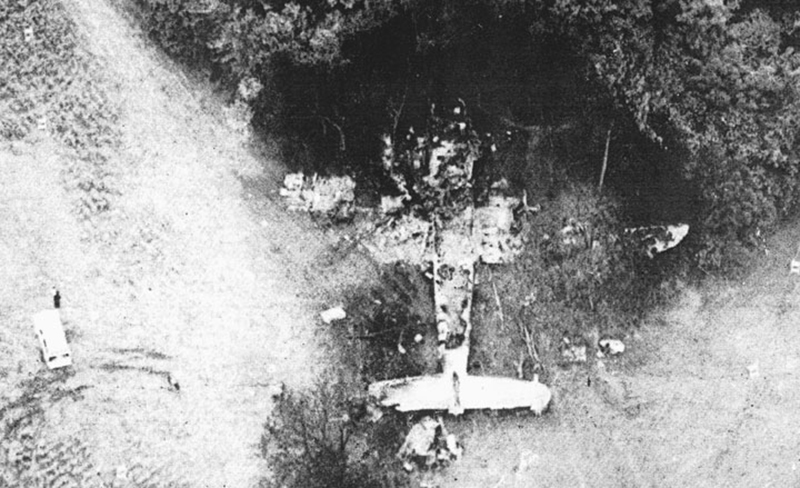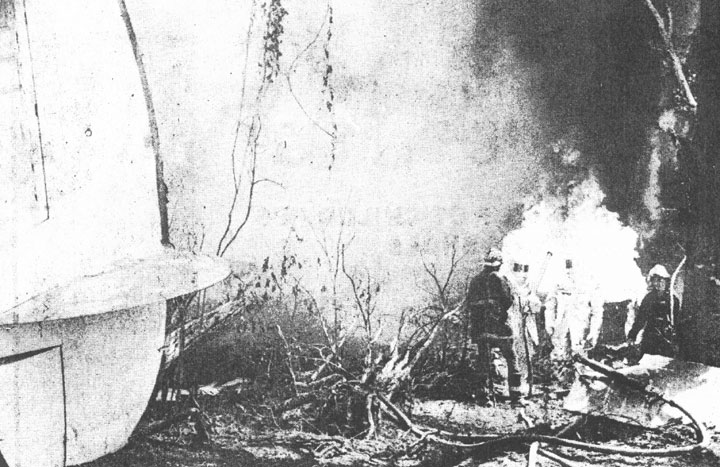Crash of a Beechcraft 65 Queen Air in Fort Pierce: 4 killed
Date & Time:
Jun 29, 1980 at 2217 LT
Registration:
N156F
Survivors:
No
MSN:
LC-200
YOM:
1966
Crew on board:
1
Crew fatalities:
Pax on board:
3
Pax fatalities:
Other fatalities:
Total fatalities:
4
Circumstances:
While cruising by night over Florida, the pilot contacted ATC and reported a loss of engine power. He was cleared to divert to Fort Pierce-St Lucie County Airport. On final approach, the airplane stalled, entered a dive and crashed few miles from the airfield. The aircraft was destroyed and all four occupants were killed.
Probable cause:
Engine failure, stall on final approach and subsequent crash caused by an inadequate preflight preparation on part of the pilot. The following contributing factors were reported:
- Mismanagement of fuel on part of the pilot,
- The pilot was inattentive to fuel supply,
- Fuel exhaustion,
- The pilot failed to maintain flying speed,
- Partial loss of power on both engines.
- Mismanagement of fuel on part of the pilot,
- The pilot was inattentive to fuel supply,
- Fuel exhaustion,
- The pilot failed to maintain flying speed,
- Partial loss of power on both engines.
Final Report:















